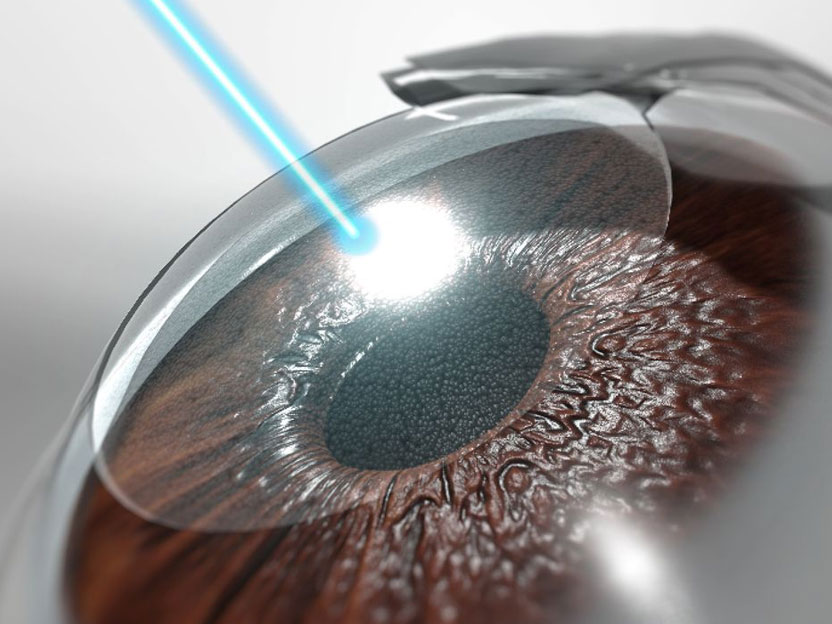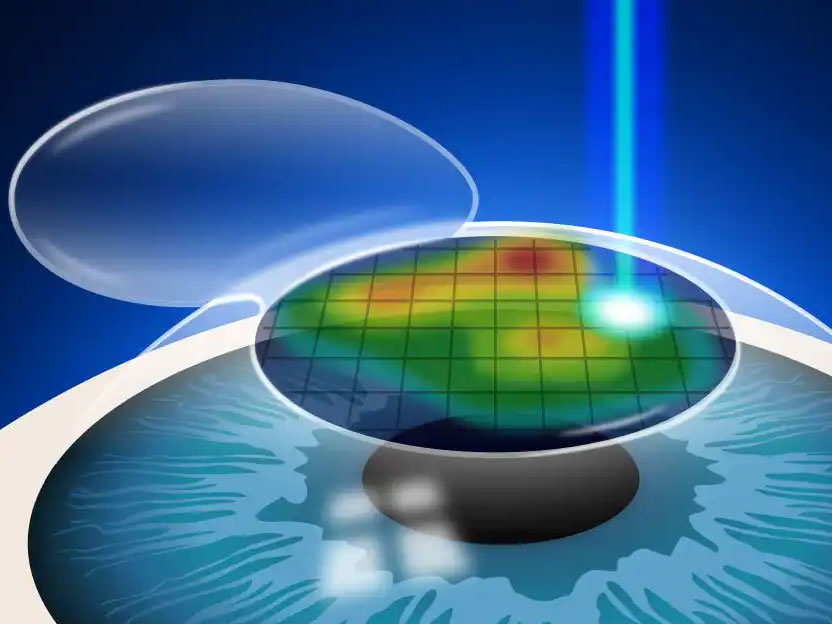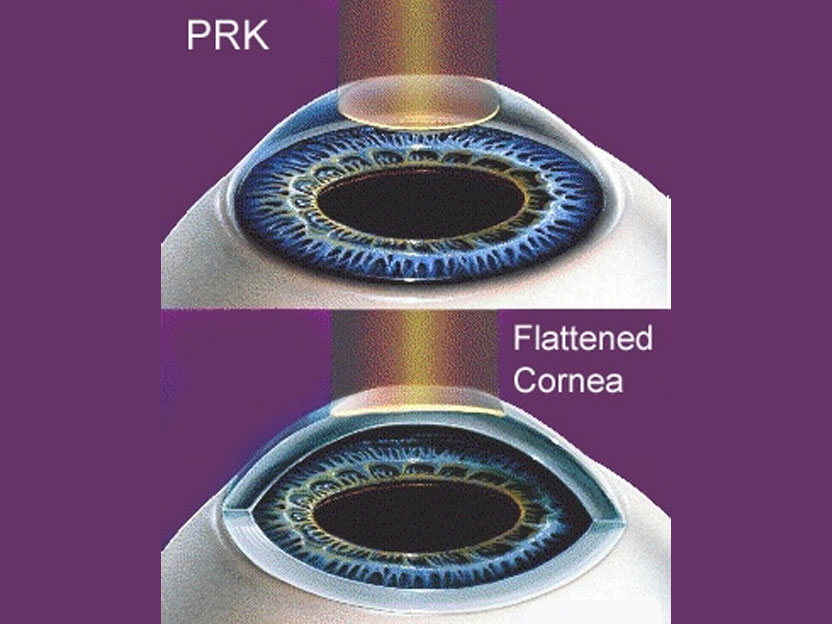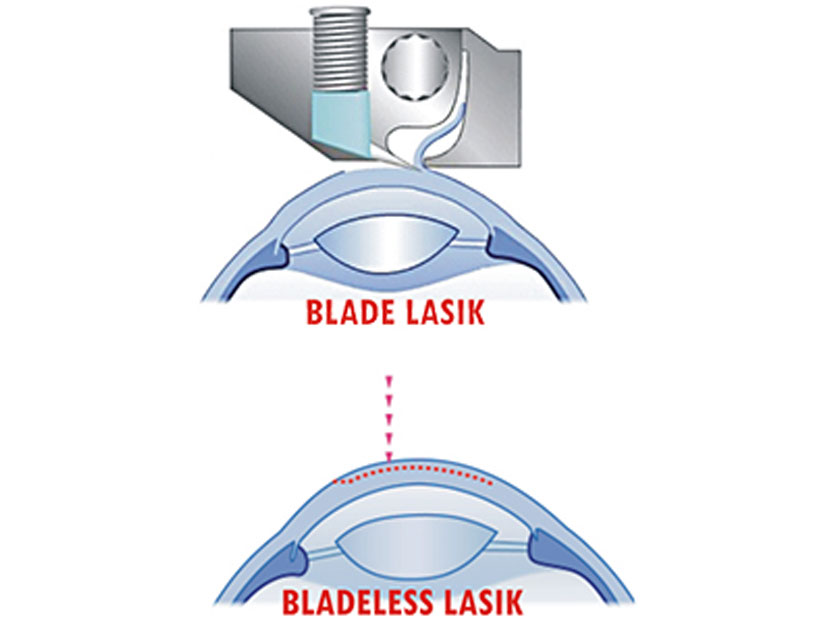Lasik
LASIK, which stands for laser in-situ keratomileusis, uses a highly specialized laser-called an excimer laser-to reshape the cornea and give you focused vision.
An excimer laser emits pulses of concentrated, cool, invisible ultraviolet light. When targeted to specific spots on the cornea, it gently and precisely reshapes the cornea by removing extremely tiny amounts of tissue, without disturbing other tissue.
Your surgeon will carefully evaluate your eyes, history and refractive error, as well as your age, lifestyle and career considerations to help you decide if LASIK is right for you and which type is best for you.

Why is LASIK done?
LASIK is an optional surgery for adults with stable vision. If your eye power has not changed for 1-2 years and you no longer want glasses or contact lenses, LASIK can be used to give your eyes clear vision. LASIK will correct:
- Short sight (myopia)
- Long sight (hyperopia)
- Astigmatism
TYPES OF LASIK SURGERY

Basic Lasik

Customise Lasik

PRK Lasik

Bladeless Lasik

SMILE
Advantages Of LASIK Treatment
LASIK is one of the most preferred and old treatments for correcting refractive error. It is because of various advantages which are offered by LASIK surgery. Following are some of those advantages:
Pain-free: LASIK surgery is done through LASER and thus does not cause any pain. Mild irritation can be experienced in some patients.
Cost-effective: LASIK is a cost-effective surgery keeping in view the benefits it provides. The patient does not have to spend money on eyeglasses and contact lenses after LASIK surgery.
Life-long: The effects of the surgery are life-long and revision surgery is required only in few cases. However, the enhancement surgery can be done once the patient suffers from age-related long-sightedness.
No stitches required: As there is no incision done through instruments and the whole process is done under guided LASER, there is no need for stitches and bandages.
Rapid results: LASIK surgery provides rapid results. The patient can see immediately within a few hours after surgery.
ICL Surgery
The ICL is an artificial lens, similar in function to a contact lens and structure to an intraocular lens. The ICL is implanted in front of the eye’s natural lens, in the space behind the iris, so that it is invisible to outside observers and the patient.
Unlike LASIK, which is a surface procedure, and requires removal of a part of the cornea, ICL is an intraocular surgery. The ICL procedure is approved by regulatory authorities for the correction of moderate to severe myopia.
Even though LASIK, laser for removal of spectacles the most popular refractive surgery, ICL is fast gaining popularity with both eye surgeons and patients alike. The reasons for this are many, and well documented in both clinical trials and clinical experience.


